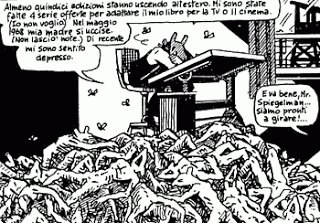The Hero that exposes himself to the White Heat
For Emily Dickinson to be a poet is to have a social obligation. The obligation to rebel against what others demand us to do. Very similarly, Hemingway also believed that being a writer was a moral obligation, more specifically he had a commitment with telling the truth. What’s more, Hemingway wrote The sun also Rises in a style that tended to avoid ornaments, and over descriptions. He wanted to unsettle the reader.
Similarly, Dickinson through her style full of elisions, ambiguity also tried to challenge and unsettle the reader encouraging him to react and find out what was going on .
In one of the poems written by Dickinson, specifically the one regarding white heat, she tries to express that passion is a dangerous and a perilous thing. If you get too close to the ''heat '', you can get burned. So, she invites the reader asking him if he/ she dares... if he / she has the guts to confront intensity.
This idea is very similar to the one presented by Hemingway. As we know, in the Hemingway world there are two types of people, those who are true aficionados, heroes with a code or those who are tourists.
So, in a way, Hemingway also points out that in life being a hero with a code implies, resisting stubbornly, defending your values, learning how to extract them from your experiences, defend your principles to the end and feel true passion for what you do and never give up. Even if that passion implies suffering. So, when Dickinson invites the audience to confront intensity she is also asking the reader if she or he is brave enough to be under Hemingway vision a ''true hero'', a heroe that dares to ''confront intensity'', to give up illusions, false and banal things in life.
In the same token, Dickinson in her poems highlights that the heat may leave scars and may cause pain and hurt if you get closer. Essentially, she is telling us that things in life might leave scars and dissatisfaction. Even reading her poems implies effort and pain, but you get the truth, and truth sometimes may hurt.
Only trough hardships we get closer to our own soul, and our strength arises from the need to resist to the true fir, very similar to Hemingway's vision. Only trough suffering and pain we get to be heroes, never giving up and always resisting stubbornly.
References
Dickinson, E. (1986). The Letters of Emily Dickinson. Harvard University Press.
Rovit, E. H., & Brenner, G. (1963). Ernest Hemingway (Vol. 41). Twayne Publishers.













.jpg)


